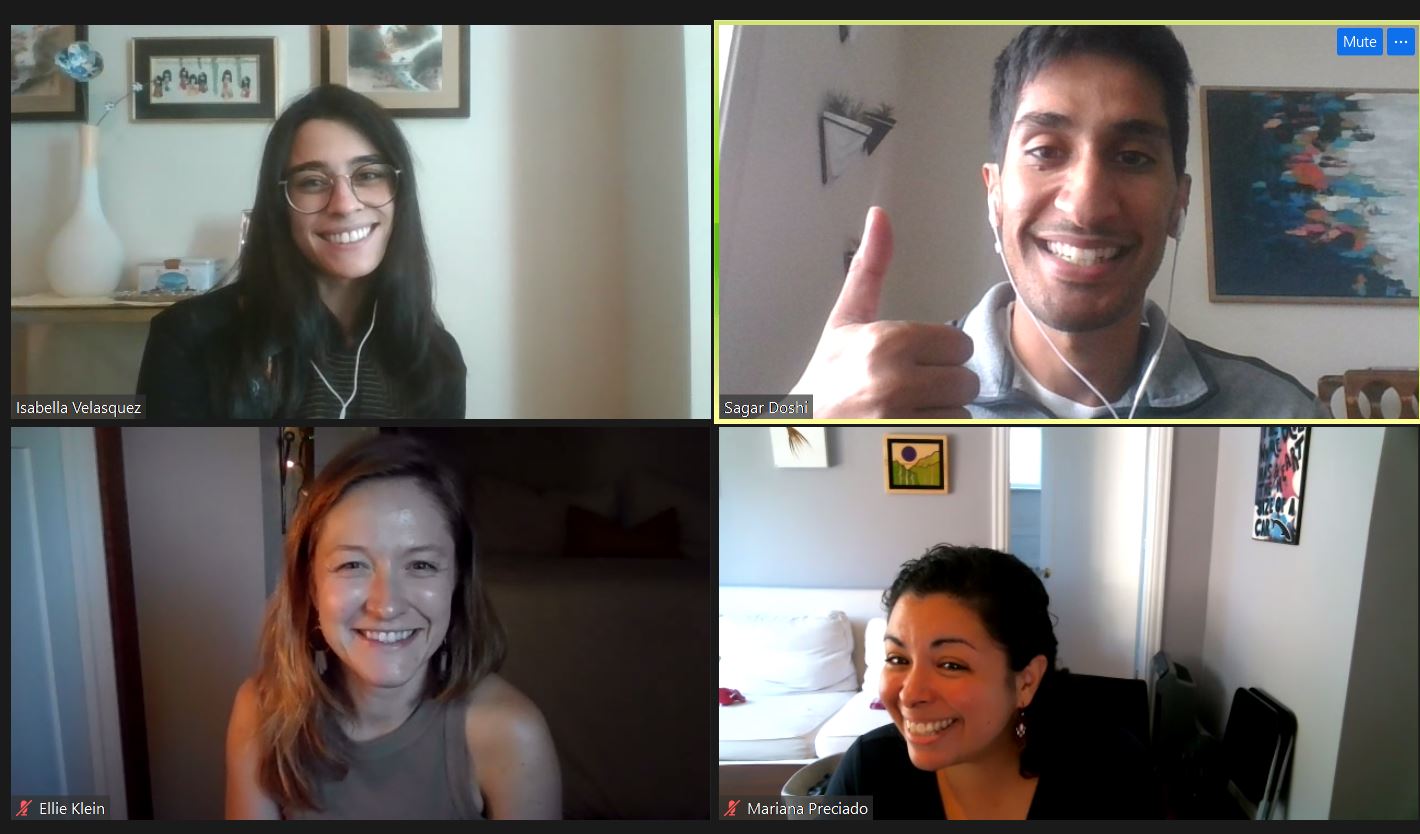The Alchemy of Housing in Haiti: Turning Waste into Homes
By Jorge Zapata, Haas MBA 2014
It doesn’t take more than a 5 minute Google search to understand the challenge that Haiti is facing as a country. 72% of the population lives on less than 2 dollars a day; 98% of their forests are gone; 350,000 Haitians are living in temporary camps. More than 3 years have gone by since the devastating earthquake and billions of dollars have been poured into the country. Nonetheless, in the country with more aid organizations than anywhere else in the world, there are very few success stories to be found.
Housing in a Dilapidated World
Providing housing for Haitians is one of the biggest challenges for the country. Over 500,000 homes are needed over the next decade to replace those damaged by the earthquake, and to meet the needs of a growing population. However, building houses in Haiti is not an easy task. Unclear land ownership and poor infrastructure are two of the greatest blockages for housing development. But corruption, lack of quality building materials and a practically non-existent financial system for the low-income segment, makes every single step of the housing delivery system a nightmare.
Given the unattractive (to say the least) business conditions to provide low-cost housing in Haiti, NGOs have undertaken the job of providing some of these needed houses. Providing temporary shelter after the earthquake was necessary, but what the country needs now is to rebuild its homes and economy. This is not a job that can be done by NGOs, in the long term. They do not have endless funds to rebuild the country and they don’t necessarily have the incentives to be efficient with their resources. But the question is whether or not there are sufficient conditions for businesses to provide homes for the poor in Haiti. There are currently no for-profit companies providing housing for the bottom 80% of the population. But that doesn’t mean that opportunities do not exist.
Re-Thinking Resources to Rebuild
Waste is another big problem for Haitians, since there is currently no capacity to collect and properly dispose of it. For this reason, streets and rivers are flooded with plastics, organic matter and everything in between. However, Haitians have started to realize that their landfills are filled with valuable resources.
William McDonough, environmental thought leader and author of Cradle to Cradle and The Upcycle, has been an advocate of eliminating the concept of waste. He believes society should think in terms of “resources” instead of “waste”; this concept is extremely valuable for a country depleted of its natural resources. Private companies have realized this opportunity, and have developed a model to pay Haitians by the pound for “resources” which they then process and recycle. This is an example of an initiative that creates jobs, helps clean up the streets and generates new resources for the country.
A Multi-Disciplinary Problem-Solving Approach
To solve some the most challenging problems in the world, a multidisciplinary team is normally the best bet. The Center of Responsible Business has partnered with a team of designers, engineers, materials scientists, architects and private companies to tackle the housing and waste problems at once, with Haiti as a possible beneficiary. The goal is develop a low-cost house that is partially or completely made out of waste , can be easily scaled, and allows people to live with dignity.
Though the road is still long ahead, there are reasons to be optimistic about a low-cost housing solution that incorporates resources that are locally available in Haiti. The abundance of plastics in Haiti’s waste streams that can be used for building components is one of them. Other abundant resources that currently have no use in Haiti, such as rice straw, have been used successfully around the world for housing and could be used in Haiti as well.
There have been many initiatives to build houses using waste in Haiti; however, none of them have worked on a large scale. Prototypes include gabion houses using rubble from the earthquake, or structures made with rubber tires and even plastic bag brick walls. The challenge is to find something that is economically viable, structurally sound, environmentally friendly and culturally appropriate. Because achieving this goal is so challenging in Haiti, prototypes have remained prototypes, and homebuilders end up building houses out of what they know best: concrete. But previous attempts do not mean that striving to make houses out of waste is a bad idea. To the contrary, developing a solution that helps to solve two of our generation’s most pressing problems (housing and waste) would be a breakthrough that could benefit Haitians and millions around the world.


